The SWaP performance of next-generation intracavity harmonic diode-pulse-pumped lasers makes them well suited for a range of military and aerospace applications.
JOYCE KILMER, PHOTONICS INDUSTRIES INTERNATIONAL INC.
Size, weight, and power (SWaP) are key attributes of laser transmitters for military, defense, and aerospace applications. Battlefield lasers must be compact, lightweight, and have high wall-plug efficiencies to meet aggressive demands. Fiber lasers can meet these stringent SWaP requirements in the fundamental (~1 µm) wavelengths, but have limited pulse energies and are less efficient in harmonic (visible or UV) wavelengths. Actively and passively Q-switched lasers can have very impressive size and weight form factors, but because they typically have low pulse energies and/or only operate at low pulse repetition rates (~10 Hz), they have low average powers and yield low wall-plug efficiencies. Next-generation intracavity (IC) harmonic diode-pulse-pumped lasers could usher in a new era of SWaP performance and deliver high pulse energies with high wall-plug efficiencies in the fundamental — and especially harmonic — wavelengths in a compact, lightweight, air-cooled form factor.
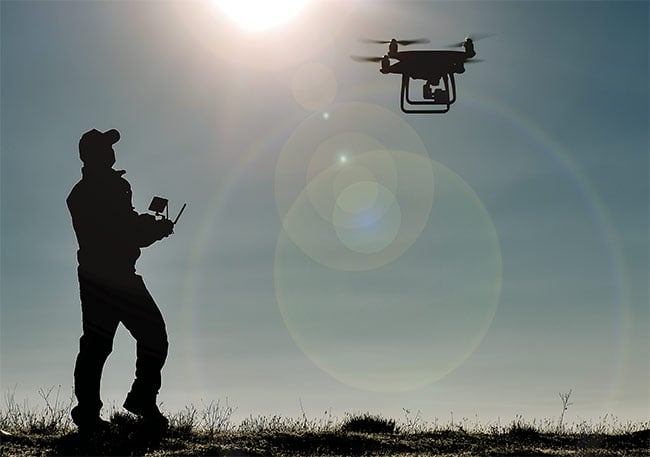
Energy efficiency
In a world where natural resources are consumed and depleted at an accelerated rate, energy-efficient products are gaining in popularity. To achieve exceptionally efficient next-generation IC harmonic diode-pulse-pumped lasers, IC harmonic generation can be combined with end-pumping diodes (Figure 1).
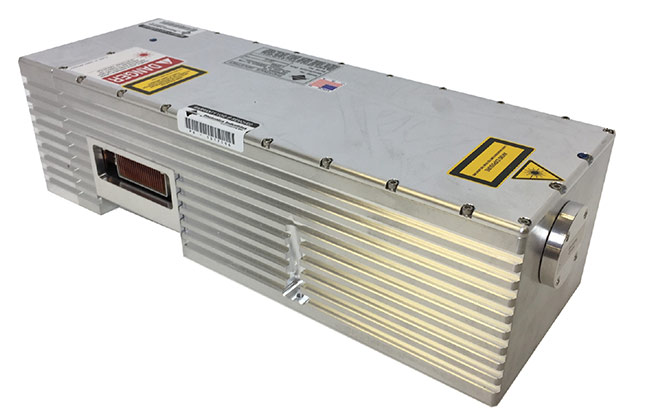
Figure 1. A high-efficiency diode-pulse-pumped laser. Courtesy of Photonics Industries International Inc.
Remarkably, these lasers produce
20 mJ of optical output and consume only ~40 W of electrical power. Reduction in size and weight can be achieved with all-in-one designs that eliminate the need for a separate controller and umbilical. High pulse energies, high wall-plug efficiencies, and reduced size and weight can be achieved simultaneously.
IC end-pumped lasers
IC harmonic generation is naturally more efficient than external-cavity (EC) harmonic generation (Figure 2). Pulse-to-pulse stability degrades naturally and exponentially as a laser goes through external harmonic conversions. However, IC harmonic generation does not experience such degradations. The pulse-to-pulse stability of IC-generated harmonics is as good as the fundamental pulse-to-pulse stability, typically ~3× better than EC. IC harmonic generation naturally delivers superior average power stability and is relatively insensitive to ambient temperature changes. The differences between EC and IC are schematically shown in Figures 3 and 4.
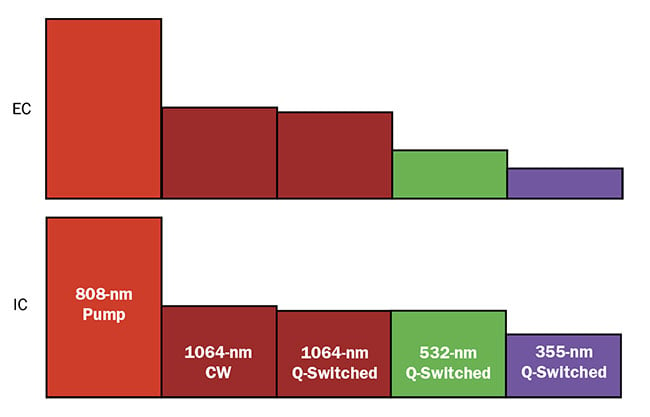
Figure 2. Relative power conversions of EC and IC lasers. Courtesy of Photonics Industries International Inc.
Sensitivities to ambient temperature changes lead to large beam-pointing drift, typically expressed as a function of temperature (μrad/°C). Lasers that exhibit such sensitivities to ambient temperature changes, such as EC harmonic generation lasers, make system design challenging for long-beam-path ranging.
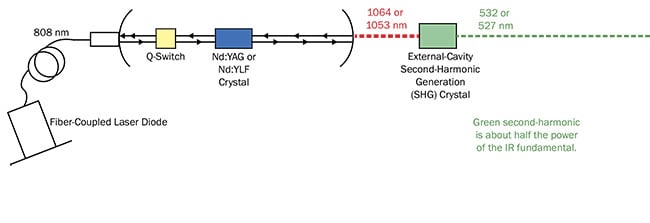
Figure 3. EC harmonic conversion. Courtesy of Photonics Industries International Inc.

Figure 4. IC harmonic conversion. Courtesy of Photonics Industries International Inc.
Size, weight, and power are key attributes for laser transmitters for military, defense, and aerospace applications.
IC UV generation has nonconsumable third-harmonic generation crystals, which means complicated crystal indexing schemes are unnecessary. This also
allows for a simpler optical resonator,
increased stability, and decreased sensitivity to ambient temperature changes. These characteristics enable a smaller form factor and a more rugged, monolithic UV laser head that is lightweight enough to be mounted on movable platforms.
With no need to focus hard into EC crystals to achieve sufficient conversion efficiency, IC UV generation naturally has reduced beam distortion (Figure 5). Less distortion means better mode quality (M2), and a better/smaller M2 allows for easy control of the beam’s far-field divergence and the use of a small-aperture receiver.
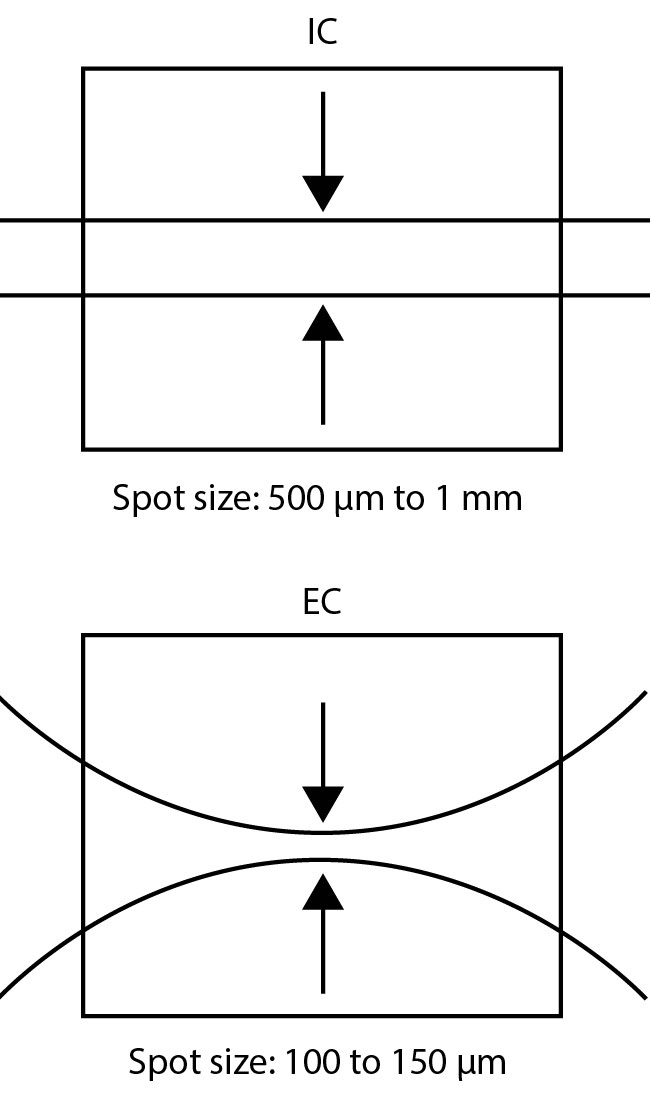
Figure 5. Spot size in a harmonic crystal. Courtesy of Photonics Industries International Inc.
Additionally, the advantages of IC harmonic generation can be combined with an end-pumping diode scheme. Compared to side pumping, end pumping provides an excellent TEM mode quality. Improved M2 values, as low as 1.05 to 1.1 versus 1.2 to 1.3, mean better focus and longer depth of focus. Furthermore, end pumping delivers a circular beam with >90% ellipticity specification. And end-pumped diode configurations are fiber-coupled and can be field-replaceable, which provides more cost-effective diode replacement and leads to less expensive maintenance as well as better cost of ownership.
High-pulse-energy applications
In general, good SWaP characteristics
are beneficial for laser sources but are especially important for military,
defense, aerospace, and remote sensing applications. Within these areas, specific applications that can benefit from high-pulse-energy air-cooled low-SWaP lasers include:
- Raman spectroscopy.
- Time-resolved Raman.
- Raman lidar.
- Standoff detection.
- LIBS (laser-induced breakdown spectroscopy).
- LIF (laser-induced fluorescence).
- Time-of-flight lidar.
- Bathymetry.
- CBRNE (chemical, biological, radiological, nuclear, and explosive) materials.
Distance vs. energy considerations
Traditionally, minute returns from the targets being ranged have forced system designers to use “hero” sensors to pick
up these very faint signals. However, from radiometric theory, small increases (a few microjoules) in source pulse
energy can make a huge difference in range because the ranging distance goes by the cube to the fourth power of distance.
Short-range remote sensing is typically ~10 to 15 m. Lidar can be hundreds of meters. Long-range sensing is considered to be ~10 to 20 km and needs ~50 to
100 mJ of pulse energy. Ground-based sensing systems with only a few-kilometer range need a few microjoules. However, for tactical or close-in ranging distances, eye-safe laser wavelengths are preferred because innocents can be exposed to reflections. Both mission space (inside 10 km) and airborne (tens of kilometers) performances can be greatly enhanced by higher-pulse-energy sources. For remote imaging, energy requirements are also dictated by the need for good signal-to-noise ratios (SNRs), where high energy for good returns is necessary because only ~1% gets returned to the ranging instrument.
Raman spectroscopy
While conventional Raman spectros-
copy (RS) has predominately used fixed-
wavelength continuous-wave (CW) lasers, advanced Raman spectroscopic techniques — such as stimulated Raman and other types — typically need pulsed lasers with sufficient energy to induce the Raman process.
Pulsed lasers are needed to move to time-resolved Raman (TRR). TRR can enable remote Raman techniques such as Raman lidar and standoff Raman. With standoff Raman, there is a delicate pulse energy balance: Too much pulse energy induces sample breakdown, but sufficient
pulse energy is required to get an adequate standoff range or safe operating distance.
Fluorescence, which generally peaks in the visible, can be a problem for RS. For example, researchers originally worked at 532 nm but are now moving to 810 nm, where there is less fluorescence. Similarly,
many commercial RS systems are working at 785 nm for the same reason.
Moving even farther away from the visible into the deep ultraviolet (DUV) induces good sample response without background fluorescence. In general, the fluorescence of all molecules is longer than 250 nm. Thus, the region below this wavelength is known as the fluorescence-free region. The use of sources shorter than 250 nm enables Raman to be separated from fluorescence in wavelength space because the spectrum of interest is shifted to this fluorescence-free region. There is a significant difference between RS measurements made at 248 nm and those made at 266 nm, for example, because of fluorescence.
Fluorescence acts as noise in RS. Operating at shorter wavelengths in the fluorescence-free region improves SNRs because detectors at these short wavelengths are very sensitive, and good SNR may be achieved even with low powers.
A few-milliwatt source in the DUV is fine, particularly since many of the organic materials commonly studied by RS decompose with high-energy UV sources.
In many cases, 244 nm is the shortest wavelength necessary, because it is sufficiently below the fluorescence. Going even shorter, to ~193 nm or less, for example, is scientifically interesting, but detector options in the vacuum ultraviolet are a challenge.
Furthermore, fluorescence and ambient light can be reduced with nanosecond
pulse widths. Here, the amount of back-
ground light can be limited, or the background light field can be eliminated — for improved signal-to-background noise — by gating at ~1 kHz at the detector to remove background sunlight. Little daylight gets to the detector in 50- to 100-ns sample windows.
Raman vs. LIBS
In the early days of RS, it was thought that pulsed lasers could not be used for Raman. The peak power from a pulsed source would damage the sample, so LIBS
was effectively being performed, not RS.
Accordingly, nanosecond-pulse-width lasers are preferred to avoid LIBS. Unlike with LIBS — where high peak energy is wanted to ionize or even burn the sample — with TRR, longer pulses are needed to keep peak power low and to avoid destroying or breaking down the samples. Multispatial-mode performance is not a problem for this type of standoff Raman/
LIBS, but wavelength stability of the source is important. Source power can typically be increased if spatial mode performance is relaxed (because the laser’s M2 spec is increased), but this sacrifices the advantages of a better/smaller M2.
Standoff Raman
When using hand-held standoff Raman to measure, for example, explosives at safe standoff distances, pulsed laser sources can be used to perform daytime signal detection. CW lasers, however,
can only be used at night for standoff Raman. UV Raman has a sensitivity and speed advantage, but DUV CW lasers are typically not readily available for hand-held systems because of issues with cost and reliability. A broad range of wavelengths from 350 nm to between ~2000 and 2400 nm can be used for standoff Raman spectroscopy, but eye safety is a dominant concern for wavelengths shorter than 1500 nm.
Solar-blind wavelengths are of interest to users of both Raman lidar and standoff Raman. For example, 266 nm is a good wavelength because it is “solar blind” (not in the solar continuum) and has less backscatter, thus better SNR.
LIF lidar
Laser-induced fluorescence (LIF) lidar needs peak power. Remote LIF is often used for formaldehyde sensing. This type of lidar needs tens of milliwatts at ~355 nm, and a pulsed source is necessary to mitigate solar scatter. Here, lower pulse repetition rates are better because pulse energy is higher, which is required for a standoff-lidar-type of application.
TOF lidar and bathymetry
Time-of-flight (TOF) lidar is typically used for aerial mapping of topography and some underwater regions, and also for altimeters for unmanned aerial vehicles (UAVs). Here, the UAV gimbals need small size and light weight, and they need lasers with good wall-plug efficiency. Bathymetry is the study of underwater depths, and airborne lidar systems are a common technique for this application. Bathymetry or oceanic military lidars need blue/green wavelengths, which have good transmission through water. High power or pulse energy is needed for deeper waters, so higher pulse energies — a few microJoules at 532 nm — are optimal.
CBRNE
For chemical, biological, radiological, nuclear, and explosive (CBRNE) materials, multiwavelength chem/bioaerosol standoff lidar systems that blend NIR/MIR/UV laser wavelengths may be required. Here, 1 kHz is desirable for faster data acquisition rates, but higher pulse energy is more relevant than pulse repetition rate for these types of applications.
Improved laser wall-plug efficiency drives greener and more energy-efficient growth for the laser market and will
have an enormous impact and further enable this massive market in the years to come. In addition, higher pulse energies are needed to increase the range of various detection systems. The combination of small SWaP and high-pulse-energy lasers could usher in a new era of more compact defense, security, and imaging instruments.
Meet the author
Joyce Kilmer, Ph.D., is director of marketing
at Photonics Industries International Inc.
He holds a doctorate in electrical engineering from the University of Florida.